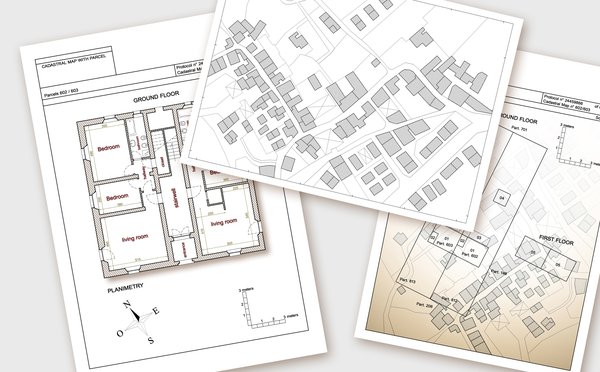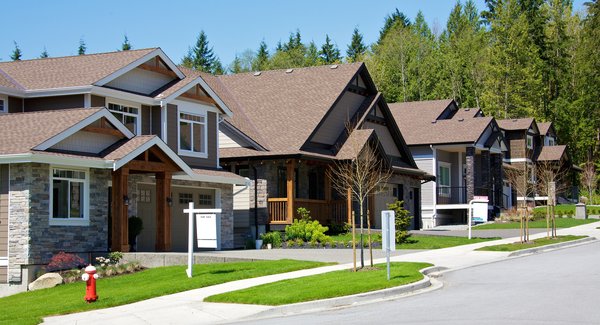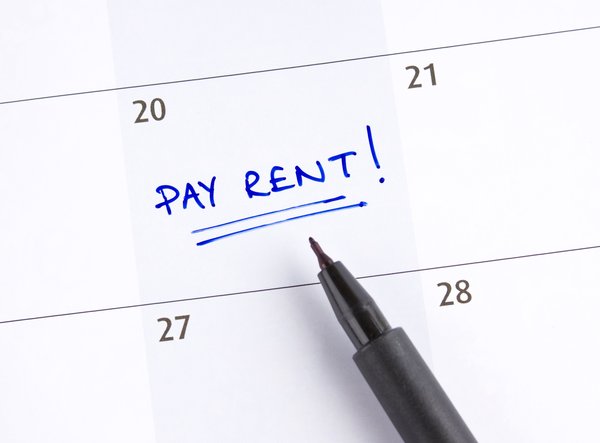Understanding real estate terminology is key to being a successful real estate investor. "Tenancy for years" is just one term that landlords, in particular, need to understand. To that end, below is a primer on this concept. Keep reading to learn how tenancy for years is different from the other types of leasehold estates and why it might be a good idea to use this type of rental arrangement.

Land rights: Understanding freehold estate vs. leasehold estate
While you likely won't need to use this terminology beyond when studying for your real estate exam, it's important to understand a few key concepts. First, in this industry, the term "estate in land" refers to having an interest in the ownership or possession of a piece of real property.
While there are a few kinds of estates in land that you can have in a legally binding contract, there are two main types: a freehold estate and a leasehold estate. Notably, a leasehold estate may also be referred to as a non-freehold estate.
The difference between these two types of estates in land is simple. A freehold estate occurs when the person with an interest in the property owns it. In contrast, a leasehold estate occurs when the person with an interest in the property does not own it but possesses the right to use it.
In simpler terms, a freehold estate is created when someone purchases the property and a leasehold estate occurs when someone leases it from the owner.
Types of leasehold estates
As mentioned above, there are a few different types of estates in land and each one comes with its own subtypes. If your goal is to understand tenancy for years, it's particularly important to look at the different subtypes of leasehold estates. They are as follows:
Tenancy for years
The term tenancy for years refers to a fixed-term tenancy. Specifically, this type of tenancy comes with a definitive beginning and end date, which must be spelled out in a written lease agreement. While lease renewal can be negotiated in these arrangements, the tenancy will expire at the end of the lease term if no further agreement has been reached. Neither party has to provide a termination notice.
In residential and commercial real estate, tenancy for years is the most common type of leasehold agreement.
Periodic tenancy
Initially, a periodic tenancy exists for a fixed period of time. However, the main difference between a periodic tenancy and a tenancy for years is that the leasehold agreement will automatically renew unless a termination notice is given by either the lessee or the lessor.
The most common type of periodic tenancy is a month-to-month rental agreement. However, regardless of how long the rental period ends up being, it's important to note that a specific notice period must be spelled out in the lease and followed by the person giving the termination notice.
Tenancy at will
Meanwhile, as the name suggests, the term "tenancy at will" indicates a type of rental agreement where there is no required notice period for lease termination. In this scenario, both the tenant and the landlord have the ability to bring the tenancy agreement to an end at any time.
Typically, with tenancy at will, if the landlord decides to end the arrangement, the tenant will be given a fixed period of time to vacate the rental unit. However, that is more of a courtesy than a requirement.
This type of arrangement is rarely used for rental property these days because, even though there may be a written rental agreement, it does not provide either party with much security. As such, tenancy at will is mostly used in short-term rental arrangements.
Tenancy at sufferance
Lastly, tenancy at sufferance is not a type of rental arrangement that is created on purpose. Rather it is a type of leasehold estate that occurs when someone who once had a legal interest in the property remains on the premises after their legal interest has expired.
For example, if a tenant stays in the property after their term lease comes to an end, that rental arrangement would become a tenancy at sufferance.
More real estate topics
The bottom line on tenancy for years
As a landlord, it often makes the most sense to use a tenancy for years arrangement. Here, you have the ability to negotiate a new lease each time the tenant's lease term is up, which means you have the ability to ask for a rent increase. With that in mind, use this as your guide to the different subtypes of leasehold estates and as a resource for understanding tenancy for years.























